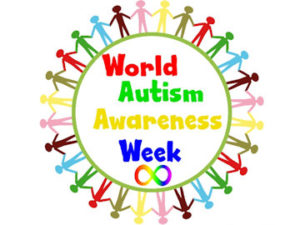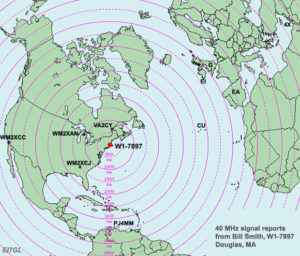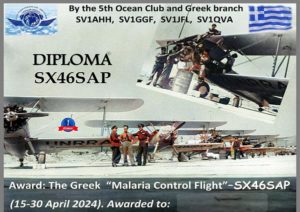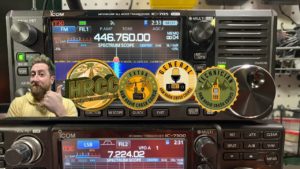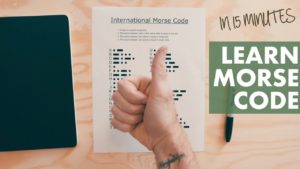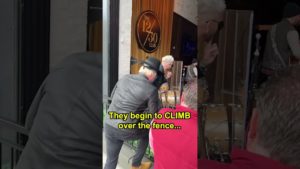Q&A: How far you can turn the dial when transmitting in SSB voice mode?
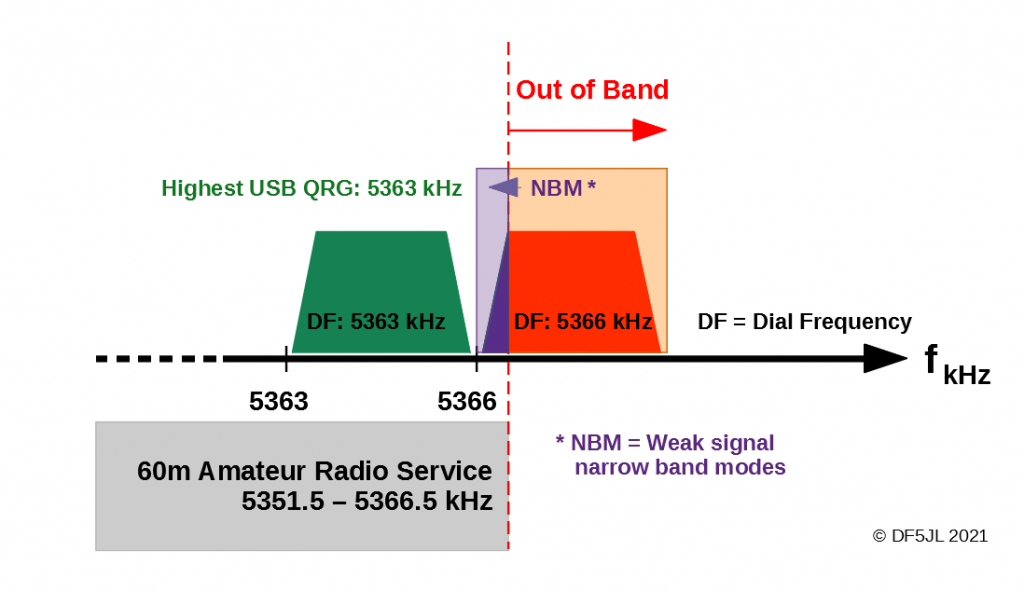
by Tom, DF5JL
Time and again the question arises as to how far you can turn the tuning knob when transmitting in SSB voice mode. Up to the edge of the band range? Using the 60 m band as an example, we will discuss the question here.
According to WRC-15, the range from 5351.5 to 5366.5 kHz, also called the “5 MHz band”, is allocated to the amateur radio service on a secondary basis. So, for example, are radio amateurs allowed to transmit on 5366.0 kHz within the WRC-15 60 m bands in USB? [1]
The so-called “dial frequency” indicates only the frequency of the carrier suppressed in SSB. However, the modulation range for USB extends up to 3.0 kHz higher. That means 5366.0 kHz + 3 kHz = up to 5369.0 kHz. This means that a large part of the signal is outside the range assigned to the amateur radio service (see diagram, right signal, in red)! And: parts of the modulation spectrum cover the section intended for “narrow-band weak signal modes”, such as WSPR. And thus leads to interference.
Time and again the question arises as to how far you can turn the tuning knob when transmitting in SSB voice mode. Up to the edge of the band range? Using the 60 m band as an example, we will discuss the question here.
According to WRC-15, the range from 5351.5 to 5366.5 kHz, also called the “5 MHz band”, is allocated to the amateur radio service on a secondary basis. So, for example, are radio amateurs allowed to transmit on 5366.0 kHz within the WRC-15 60 m bands in USB? [1]
The so-called “dial frequency” indicates only the frequency of the carrier suppressed in SSB. However, the modulation range for USB extends up to 3.0 kHz higher. That means 5366.0 kHz + 3 kHz = up to 5369.0 kHz. This means that a large part of the signal is outside the range assigned to the amateur radio service (see diagram, right signal, in red)! And: parts of the modulation spectrum cover the section intended for “narrow-band weak signal modes”, such as WSPR. And thus leads to interference.
If you have found a spelling error, please, notify us by selecting that text and pressing Ctrl+Enter.

